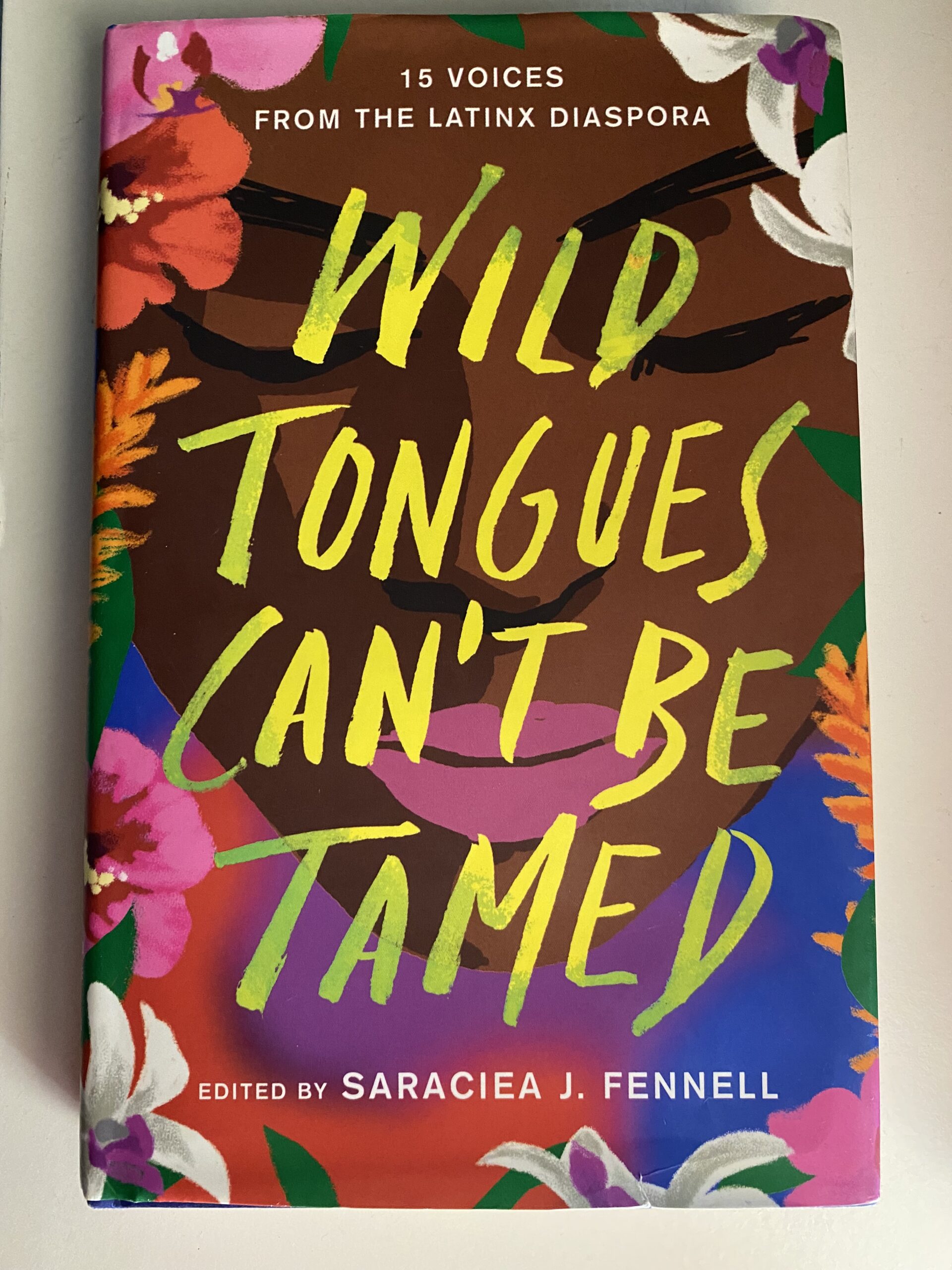For some, integrating content seems abstract. Mostly because we have to educate en masse and that’s all that we’ve done to date.
But as professional educators, we know that’s integrating (or overlapping, blending, or tying together ideas) is how true learning happens.
Take your simple, “ah! ha!” moment. When do you find that happening?
It’s literally when you make a connection. Scientifically, it’s your brain literally wiring two pieces of information together.
Which is why we’re so thankful that our own Ms. Shand is such a natural at integrating content.
Take a look at a few of the things her students documented learning this week and the connections she’s making between their ELA, Science, and History topics this unit.
ELA / JOURNALISM:
-This week we learned about the different kinds of journalism. We talked about Op-Ed (Only sharing one side of an opinion/story) Investigative (looking into a crime scenes and scandals that involve police etc) Editorial (Talking about both opinions/slides to a story) P.K.
–This week we came together and discussed what we had read in “Wild Tongues Can’t Be Tamed”. We discussed not only how we felt about it, but what kind of writing we thought it was (memoir, essay, article, etc.). B.R.
-We began to write a journalistic piece about our guest speaker Jeanine Menze who is the first black female pilot in the coast guard. L.B.
MARINE SCIENCE:
-We discussed the food chain and food web and its importance like how its detritus supports small organisms which later act as a food source to the bigger animals in the ecosystem. Z.K.
-Thursday we had a guest speaker Leslie Craig from NOAA come talk to us about habitat restoration. One new coastal habitat we learned about are sand dunes. Did you know sea turtles lay their eggs there and that the hotter their nesting sites are the more male sea turtles there will be? M.B.
-I learned that Mangrove propagules often attach themselves to oyster domes where they will continue to grow (Molly)
WORLD HISTORY:
-We learned about Columbian traditions, the underground salt church, how Columbia is the number one exporter of emeralds, and that there is a literal rainbow river in the Columbian forest. N.L. & S.K.
-We learned about Haitians. We got to learn this from an amazing lesson taught by Reece, we learned about their culture, food and how important music is to them. R.P.
Algebra I – Pre-Calc is trickier to tie in but you get the point. Seeing how things are interrelated builds deeper understanding. Add in experiences to drive all of this home and you’ve got an environment ripe for true learning.
Then it’s just up to the kids to step through the door.


